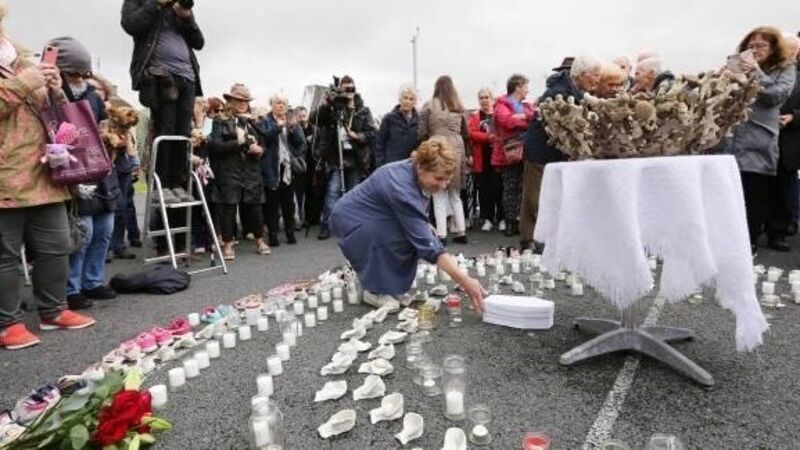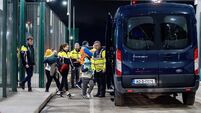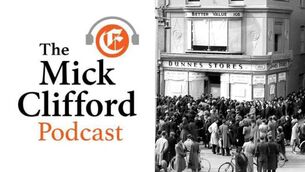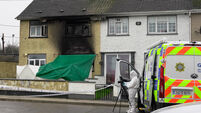The workload keeps on growing at Mother and Baby Homes Commission

The Mother and Baby Homes Commission was set up in 2015 and was due to make its final report next month. There is no end in sight, though, writes
The Mother and Baby Homes Commission is to carry out a geophysical survey at the site of the former Sean Ross Abbey institution in Tipperary. It is the first time that a physical examination is being done at a site other than Tuam and is a significant development. However, it has taken quite a time to get to this point.
















